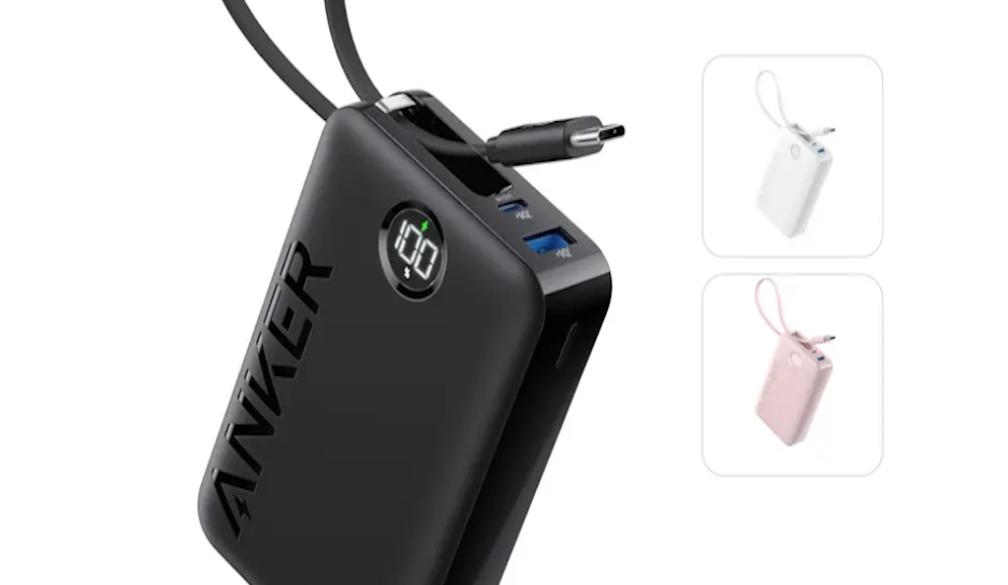Australia once had ‘immigration amnesties’ to grant legal status to undocumented people. Could we again?
- Written by Sara Dehm, Senior Lecturer, International Migration and Refugee Law, University of Technology Sydney
The year is 1972. The Whitlam Labor government has just been swept into power and major changes to Australia’s immigration system are underway. Many people remember this time for the formal end of the racist White Australia Policy.
A lesser-known legacy of this period was the introduction of Australia’s first immigration amnesty. This amnesty, implemented later in 1974 with bilateral support, provided humane pathways to permanency or citizenship for undocumented people in Australia.
In other words, people living without lawful immigration status could “legalise” their status without risk of punishment or deportation.
More immigration amnesties were promised during later election campaigns and then implemented in 1976 and 1980.
These amnesties occurred under successive Labor and Liberal federal governments, and each enjoyed enthusiastic bipartisan support.
So, how did these amnesties work – and could they happen again?
Started by Whitlam
Australia’s first amnesty was announced in January 1974, as part of the Whitlam government’s official policy of multiculturalism.
Its purpose was to grant permanency to people who had been living in Australia “illegally” and at risk of labour exploitation.
The amnesty was open for five months, from late January until the end of June 1974.
The main eligibility criteria was that the person:
- had to have been living in Australia for three years or more and
- be of “good character”.
This program had only a modest uptake. However, it set the path for more successful initiatives in the future.
Continued by Fraser
During the 1975 election campaign, then caretaker Prime Minister Malcolm Fraser promised another amnesty if his government won the election.
He committed to “do everything we can” to allow undocumented people
to stay here and make Australia their permanent home.
After the election, Fraser’s Liberal government implemented a broad amnesty for “overstayed visitors” in January 1976.
Departmental figures show 8,614 people sought legal status in the amnesty period.
The vast majority (63%) lived in New South Wales. The main nationalities of these applicants were:
- Greek (1,283 applicants)
- UK (911 applicants)
- Indonesian (748 applicants)
- Chinese (643 applicants).
Australia’s third broad immigration amnesty came in 1980, again as a result of a bipartisan election promise.
Immigration Minister Ian Macphee announced a six-month Regularisation of Status Program. It aimed, he said, to deal “humanely with the problem of illegal immigration” while also seeking to curb such unauthorised migration in the future.
Not a trick
Many migrants worried these amnesties were a government “trick” to facilitate deportations.
In an attempt to reassure the public, Prime Minister Fraser insisted in 1980 that the program was
not a trap to lure people into the open so that they can be seized, jailed and deported.
By the end of the amnesty period in December 1980, it was reported that more than 11,000 applications had been received. This covered more than 14,000 people.
What made the past amnesties successful?
Our research looked at what motivated the amnesties and how they worked.
We found several key factors that drove success, including the need for:
- simple and inclusive criteria for eligibility
- a clear application process
- a careful campaign for promotion, to build trust with migrant communities, and
- durable outcomes that offer of clear pathways to citizenship.
The 1980 amnesty program involved an effective campaign to publicise successful cases.
A 21-year-old Greek waitress working in her aunt’s Goulburn restaurant was widely publicised as the first person to be granted immigration amnesty status in July 1980. A Uruguayan refugee was profiled as the 1,000th.
The Department of Immigration also translated amnesty information into 48 languages, publicised in non-English language press and radio.
Of the three amnesties, the 1974 one was the least successful, due to:
- stringent eligibility criteria
- limited media publicity, and
- no official outreach strategy to build trust with migrant communities.
Precarious lives
Recent calls for an immigration amnesty has focused on two groups in Australia:
The Department of Home Affairs estimates more than 70,000 people live in Australia today without immigration status.
Undocumented workers are highly vulnerable to exploitation and deportation.
Yet, these workers often fulfil crucial labour market shortages. Many have been living in Australia for years or even decades.
Asylum seekers and refugees on temporary or no visas cannot return “home” for fear of persecution. They risk lapsing into irregular status with no rights or entitlements.
Lessons from past amnesties
Amnesties are a humane and cost-effective response to unauthorised migration.
Australia currently spends millions, if not billions of dollars, on the detention and deportation of people without visas.
In the lead up to both the 1976 and 1980 amnesties, successive governments acknowledged such a “detection and deportation” approach would be unnecessarily costly. It would require “increased resources in manpower”.
An amnesty, instead, was in the words of then Immigration Minister Macphee a chance to:
clean the slate, to acknowledge that no matter how people got here they are part of the community.
These historical precedents show Australia’s migration system and politicians could, if they wanted, accommodate initiatives and reforms that fundamentally value migrants and prioritise migrant access to permanency.
Our research also shows Australian election campaigns can be opportunities for advancing policies that embrace the reality of immigration and offer hope, not fear.
Authors: Sara Dehm, Senior Lecturer, International Migration and Refugee Law, University of Technology Sydney



















